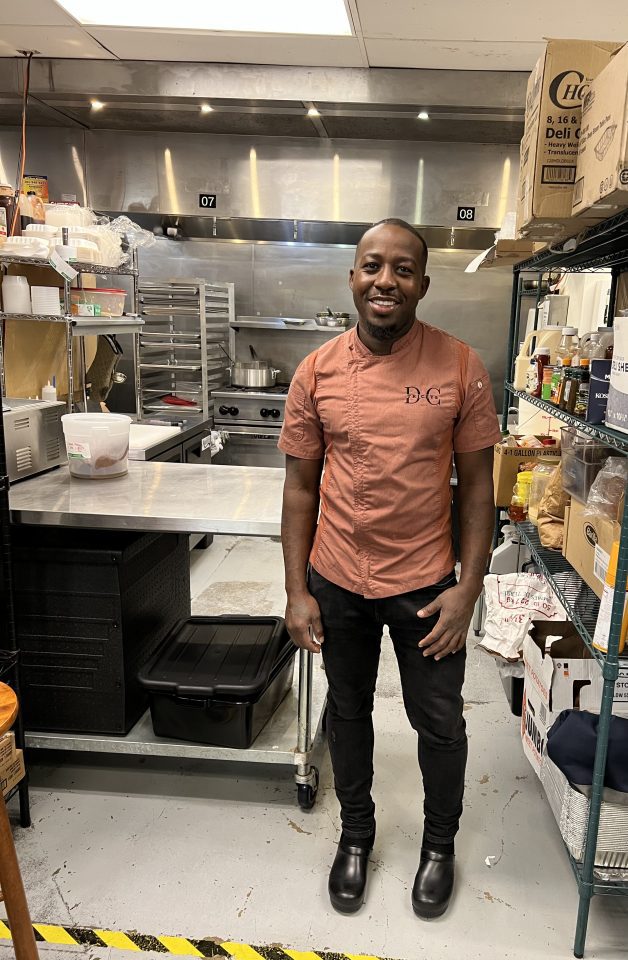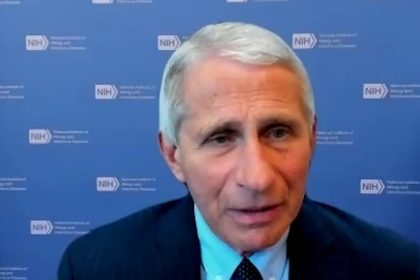
In March of 2020, the COVID-19 pandemic turned the world upside down. Nearly everything closed — churches, businesses, stores, and most devastatingly, schools. Our literal futures were suspended and while there was worry about whether our children would be able to handle remote learning there was an even more pressing question: How do we ensure all kids continue to get proper nourishment?
The National School Lunch Program feeds about 30 million U.S. children some combination of breakfast, lunch and afternoon snacks at school. This represents about 60% of all school-aged kids. Federal subsidies ensure that those who are food insecure don’t go hungry or malnourished. With so many lives at stake, those children still had to be fed.
While the federal government financed the meals, the task of preparing and distributing food to those 30 million children fell on the shoulders of school cafeteria workers, 35% of which are BIPOC, according to Zippia.
One such worker was Dontay Brown, who in 2016 began working for DC Central Kitchen, which provides food service for over a dozen schools in Washington, D.C. The company prides itself on using fresh, healthy ingredients sourced from more than 30 local family farms.
Initially, Brown managed the cafeteria at one of the schools under DC Kitchen’s contract. However, by the time the COVID-19 pandemic hit, he had become one of the expert chefs designing recipes from scratch. While most adults were practicing social distance and worrying about contracting the coronavirus, Brown and his team were focused on safely feeding D.C. kids.
“Honestly, my team and I didn’t have time to sit down and process our thoughts and feelings and fears because we were trying to help people eat. I think most people in our industry felt this way,” said Brown.
Brown, who graduated from the prestigious culinary arts college, Johnson & Wales University, explained that the restaurant and meal service industry is notoriously known for being labor intensive with long hours, but the people who do it love it. This seems especially true for those serving children.
“When you’re focused on ensuring that the kids have a nice, satisfying meal, you never actually realize all the work you’ve done until somebody shows you some quantitative data or they’re talking about it in the news,” said Brown.
Early on in the pandemic, Brown was tasked with inventing and implementing new systems, protocols, and menus designed to keep workers safe while preparing and distributing fresh “to-go” meals.
“It was a lot of trial and error. The first time we did our new assembly, we flopped. The process was too labor intensive and took too much lead time in our prep kitchens. We ended up designing meals that could be prepared like an assembly line, so that workers wouldn’t have to be so close to one another. Whereas before we could have three or four people at a school, we now needed five or six because the kids still came to school to pick up their meals,” said Brown.
The thing that most concerned Brown was the drop off in the number of meals the schools were serving. This became a national problem.
When the School Nutrition Association surveyed school nutrition directors representing nearly 2,000 districts, 80% said they were serving fewer meals than they had been when school was in person. Of those, a majority of districts said the number of meals had dropped by 50% or more, a “drastic change,” according to one participant from a school district in Georgia. The same was true in Washington, D.C.
“Understand our meals may have been the only meals for 70% to 85% of our students, and certainly they were the healthiest meals. I remember one year we invited the parents for a Thanksgiving meal and this mom was shocked to see her daughter eating kale salad,” said Brown.
Brown is proud of the work he did at the early stage of the pandemic to ensure D.C. kids were well fed. He ran on fumes for as long as he could, but eventually, Brown burned out. He took a break from the food industry altogether and worked as a government administrator while completing his master’s in public administration from the University of the District of Columbia. He recently launched Triceys, a pop-up restaurant and catering business.









